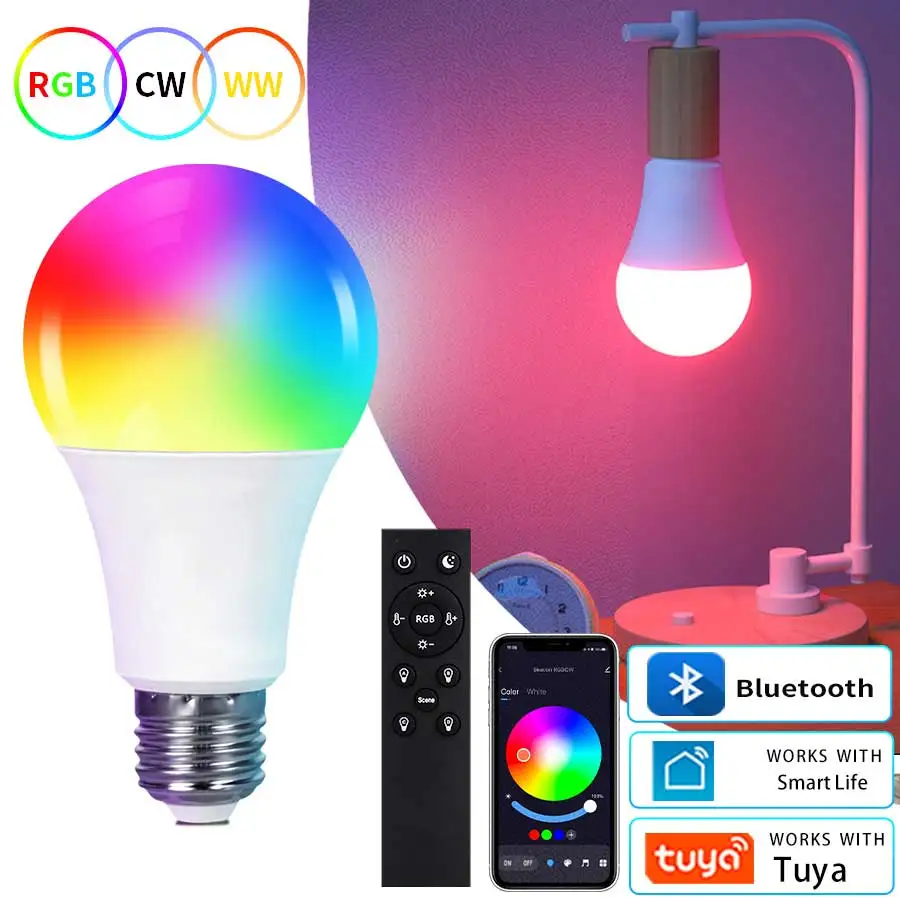The way we light our homes and cities is undergoing a profound transformation, moving beyond the simple on/off switch to embrace a new era of connectivity and intelligence. At the heart of this change is the development of the Smart Led, a technology that merges the energy efficiency of Light Emitting Diodes with the power of wireless communication and automation. Unlike their traditional counterparts, these modern lighting fixtures contain embedded microchips and connectivity modules—often utilizing Wi-Fi, Bluetooth, or Zigbee protocols—allowing them to interact with a broader smart ecosystem. This inherent digital capability is what defines a Smart LED, positioning it as a fundamental component of the contemporary smart home and building landscape, providing users with unprecedented control and functionality.

The technical brilliance behind every smart LED lies in its ability to receive and execute commands remotely. Whether controlled through a smartphone application, a dedicated remote, or a voice assistant like Alexa or Google Home, the core mechanism involves sending digital instructions wirelessly to the light. These commands govern a vast array of functions that extend far beyond simple illumination. Users can seamlessly adjust brightness, often referred to as dimming, without needing a special wired switch, or even change the color temperature and hue to millions of different settings, fundamentally changing the ambiance of any room. Furthermore, the inherent longevity and low power consumption of the base LED technology make the transition to a smart LED an economically sound and environmentally responsible choice for any consumer.
Beyond the appeal of convenience and customization, the integration of the smart LED into a larger Internet of Things (IoT) network unlocks significant practical benefits, most notably in energy management. These intelligent systems can be programmed with schedules to automatically turn on or off at specific times, or even to adjust their intensity based on the ambient daylight detected by sensors. This precise control eliminates unnecessary energy waste, leading to a noticeable reduction in electricity bills over time. Residential and commercial spaces alike leverage the automation features of the smart LED to ensure that lighting is only used when and where it is truly needed, thereby aligning both sustainability goals and cost-saving objectives.
The security and safety applications offered by the versatile smart LED are also increasingly valuable features for homeowners. By linking these lights to motion sensors or scheduling them to mimic occupancy, the system can create the impression that a house is occupied even when the residents are away, acting as a potential deterrent to intruders. In an emergency, a smart LED can be programmed to flash a specific color or turn on brightly in a particular area, integrating directly with other smart security devices like cameras or alarm systems. This symbiotic relationship within the smart home framework enhances the overall protection of a property, showcasing how a seemingly simple lighting upgrade provides sophisticated security advantages.
Looking toward the horizon, the trajectory of the smart LED market points to even more sophisticated and personalized experiences. Emerging trends include Human-Centric Lighting (HCL), which automatically adjusts the light’s color and intensity throughout the day to align with the body’s natural circadian rhythm, promoting better sleep and improved productivity. Another significant development is the greater use of Artificial Intelligence (AI) algorithms that learn user preferences and analyze occupancy patterns to optimize lighting in real time without manual input. The market is projected for substantial growth, driven by an increasing consumer awareness of energy efficiency and the seamless integration of the smart LED into virtually every new home automation platform, solidifying its role as a key player in the connected future.
The widespread adoption of the smart LED continues to gain momentum across the globe, driven by technological advancements and supportive governmental initiatives that champion energy-efficient solutions. While North America and Europe currently represent large segments of the market, the Asia-Pacific region is quickly becoming a critical growth area. The choice between wired and wireless connectivity—with wireless options like Wi-Fi and Zigbee gaining popularity for their ease of installation and flexibility—reflects the diverse needs of both residential and commercial consumers. As the initial cost of the technology continues its downward trend and its features become more intuitive, the smart LED will inevitably transition from a luxury home gadget to a standard expectation for modern, sustainable, and intelligent living environments.